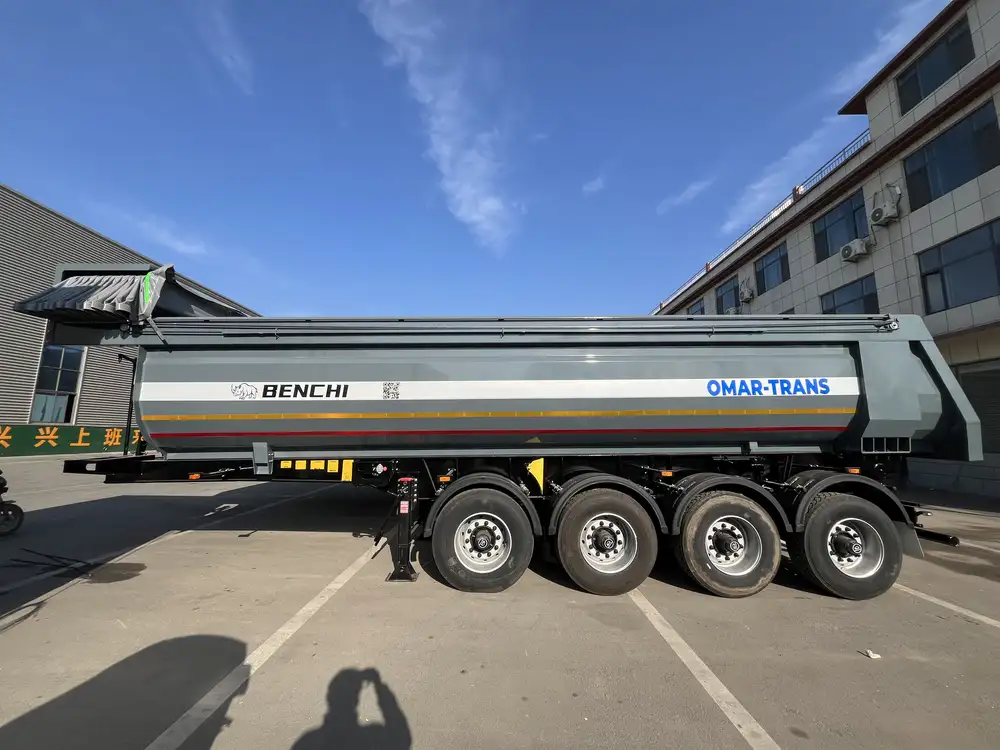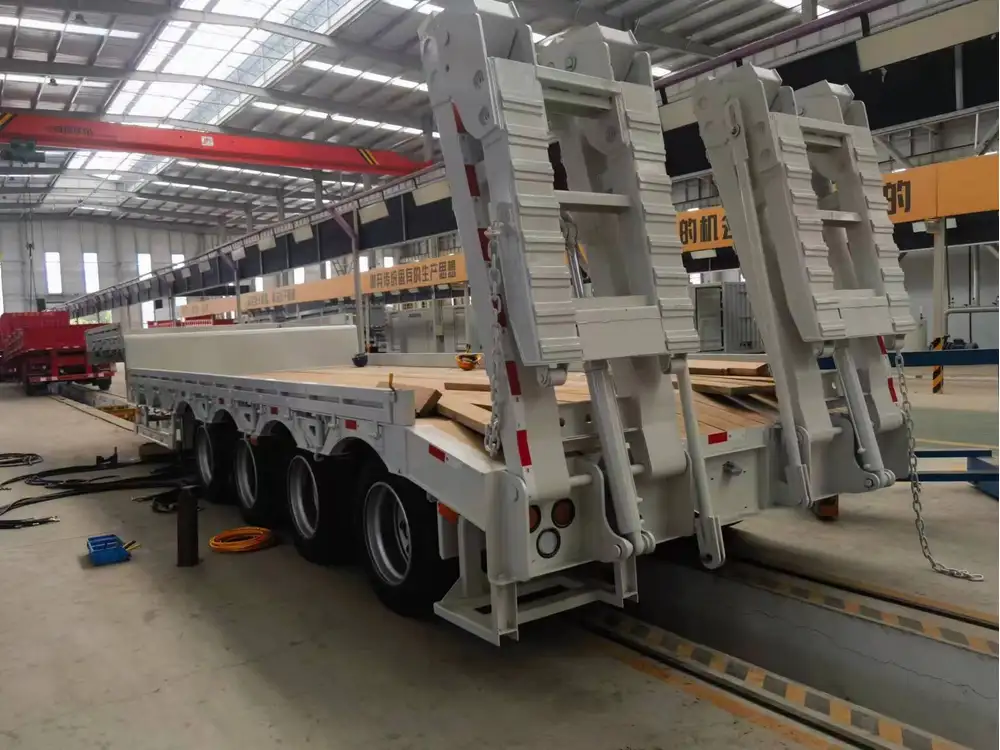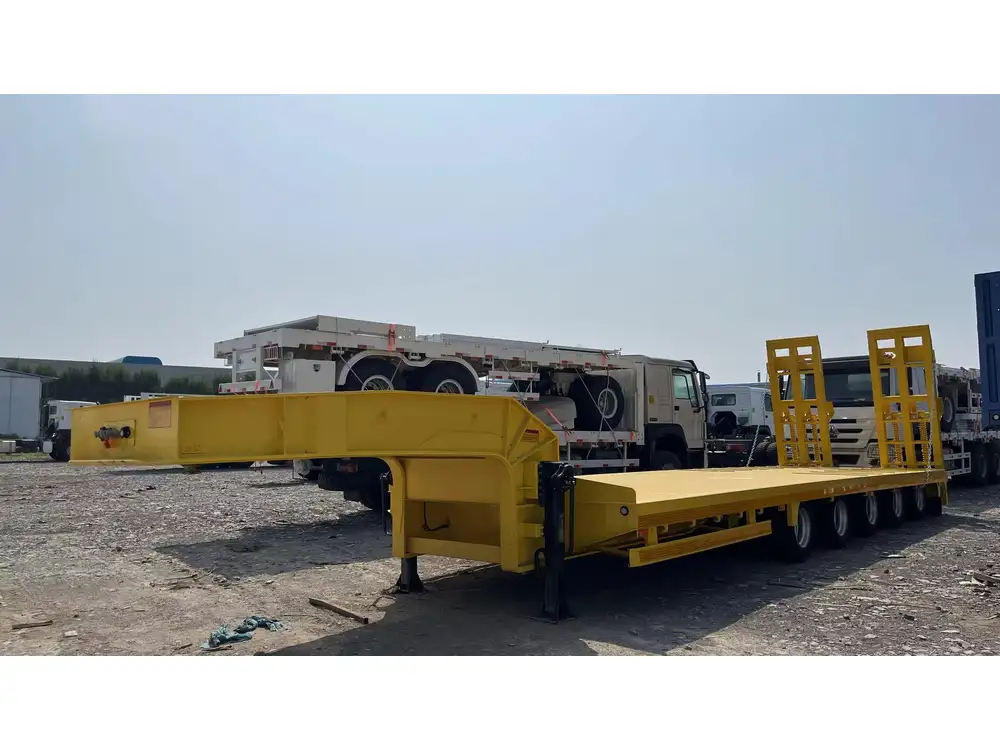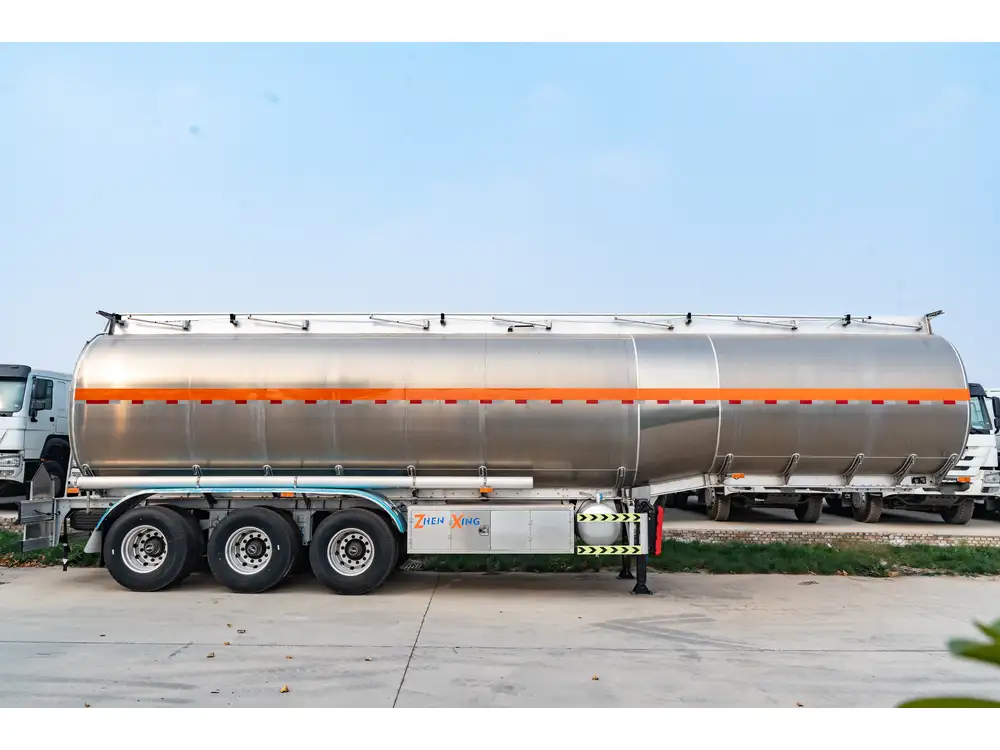In the realm of transport logistics, the safety of cargo and drivers alike hinges significantly on the condition of semi trailer brakes. Ensuring that brakes are in optimal working order is not just a matter of efficiency; it is paramount to the safety of everyone on the road. This guide provides an exhaustive overview of how to check if semi trailer brakes are worn out, focusing on detailed methodologies, key indicators, and preventive measures.
Understanding Brake System Components
1. Overview of Brake System Parts
Before delving into the inspection process, it is essential to understand the principal components of the semi trailer brake system:
| Component | Function |
|---|---|
| Brake Pads | Provide friction against the brake rotor. |
| Brake Drums | House the brake shoes and provide a surface for braking. |
| S-Cam | Mechanism for rotating the brake shoes against the drum. |
| Air Chamber | Converts air pressure to force, applying the brakes. |
| Slack Adjuster | Adjusts the clearance between brake shoes and drums. |
Each component plays a critical role, and wear in any part can greatly affect overall system performance.

Key Indicators of Worn Out Brakes
2. Visual Inspection
2.1 Brake Pad Thickness
- A standard brake pad should typically be between 1/4 inch to 1/2 inch thick. Inspect the pads visually through the wheel spokes or by removing the wheel.
- If the thickness is less than 1/4 inch, immediately plan for replacements.

2.2 Cracks and Warping
- Inspect brake pads for signs of cracking or warping. These flaws can drastically reduce braking efficiency and lead to catastrophic failures.
- Look for uneven wear patterns, which may suggest other underlying issues, such as misalignment or hydraulic problems.
3. Listen for Warning Signs
3.1 Squeaking or Grinding Noises
- A high-pitched squeaking often indicates that the brake pads are worn down.
- Grinding noises signal severe wear where metal is contacting metal. This condition requires immediate attention.

3.2 Hissing Sounds
- A hissing sound while applying brakes may indicate air leaks in the braking system, requiring further investigation.
4. Brake Response Test
4.1 Brake Response Time
- Conduct a controlled test drive in a safe environment. Engage brakes to gauge their response time.
- If a noticeable delay is present, it’s likely that wear has compromised the braking mechanism.

4.2 Pulling to One Side
- If the trailer pulls to one side during braking, this could indicate uneven brake wear or a malfunctioning brake adjuster, necessitating thorough inspection.
Steps for Detailed Inspection
5. Perform a Hands-On Check

5.1 Lift the Trailer
- Use a jack or hydraulic lift to elevate the trailer for a closer inspection of the brake system. Ensure safety precautions are taken for stability.
5.2 Check Brake Pad & Shoe Condition
- Remove the wheel and brake drum to inspect brake pads and shoes more thoroughly.
- For Drum Brakes: Examine the inner shoe for wear and check the condition of the brake drum for grooves or rough surfaces.
- For Disc Brakes: Look at the rotor; grooves indicate extreme wear and may require resurfacing or replacement.
6. Inspect the Air Supply System

6.1 Air Chambers
- Check that the brake air chambers are functioning correctly. A malfunctioning air chamber can lead to inadequate braking force.
6.2 Brake Lines
- Inspect air lines for leaks or frays that could impede brake performance.
7. Adjust Slack Adjusters

7.1 Checking Slack Adjuster Adjustment
- Use a wrench to check if the slack adjusters are correctly adjusted. The American Trucking Association recommends that brake shoes should move to within 1/16 inch of the drum.
7.2 Manual Adjustment
- If slack adjusters are showing excessive slack, manual adjustment is required to enhance braking efficiency.
Understanding Regulatory Compliance

8. Importance of Compliance
It is crucial to ensure that all brake systems comply with the Federal Motor Carrier Safety Administration (FMCSA) regulations. Proper inspection not only ensures safety but can also affect legal compliance, reducing liability in case of accidents.
9. Documenting Inspections
Keeping detailed records of each inspection can streamline future checks and provide essential data in case of an accident. This documentation should include:
- Date of inspection
- Findings regarding brake wear and issues
- Actions taken for maintenance
Preventive Maintenance for Extended Brake Life

10. Regular Checks
Implementing a standard schedule for brake checks can preemptively address wear issues, ensuring optimal function.
10.1 Daily Walk-Around Inspection
- Conduct a daily inspection of the trailer before use. Verify brake functionality and look for visible signs of wear.
10.2 Monthly Professional Inspection
- Schedule monthly checks with trained technicians who can assess the entire brake system comprehensively.

11. Proper Loading Practices
Distributing the weight correctly within the trailer can prolong brake life. An imbalanced trailer leads to premature brake wear and potential damage.
12. Driving Techniques
Encourage drivers to adopt safe driving habits:
- Gradual braking instead of sudden stops reduces strain.
- Avoiding overloading the trailer aids in preserving brake components.
When to Seek Professional Help

13. Expert Evaluation
While visual checks and basic inspections can often pinpoint issues, professional evaluation is crucial when:
- There is uncertainty regarding brake functionality.
- Unusual noises persist even after initial inspection.
- More complex issues, like air supply system faults, need addressing.
Preparing for Brake Replacement
14. Selecting the Right Brake Parts
When replacement is necessary, understand different types of brake systems and parts available. Engage knowledgeable professionals when selecting components to ensure compatibility and quality.

15. Professional Installation
Though some repairs can be DIY, complex installations should be left to the experts. This guarantees that brakes are installed correctly, minimizing future risks.
Conclusion
Understanding how to check for worn-out semi trailer brakes is essential for safety, regulatory compliance, and the longevity of your trailer. By embracing regular inspections, understanding key indicators of wear, and adhering to best practices in maintenance, we can significantly enhance the operational capability and safety features of semi trailers.
With the detailed guidance provided, we aim to empower operators and logistics managers with the knowledge necessary to uphold high safety standards and minimize the risks associated with worn-out trailer brakes. Regular maintenance, educated driving techniques, and an awareness of warning signs can contribute immensely to safer roads and efficient logistics operations.



